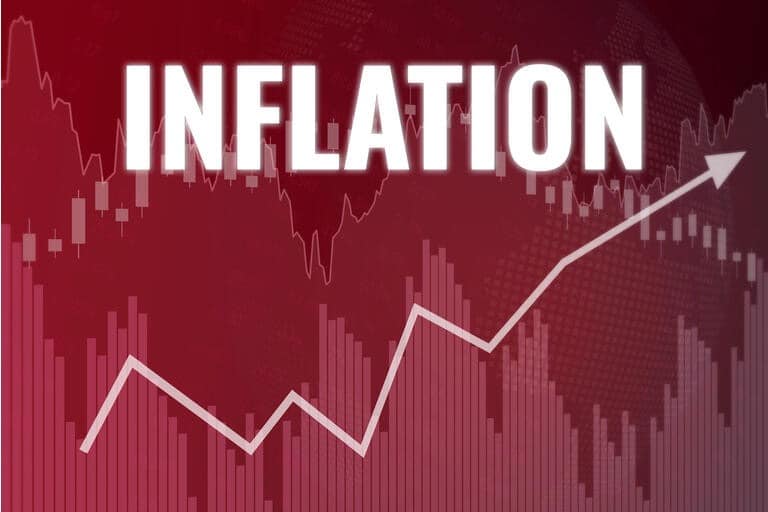A decade ago, the prevailing investment view was that the world had reached Peak Oil, and oil companies were widely recommended as a core long-term allocation
A decade ago, the prevailing investment view was that the world had reached Peak Oil, and oil companies were widely recommended as a core long-term allocation
A decade ago, the prevailing investment view was that the world had reached Peak Oil, and oil companies were widely recommended as a core long-term allocation
Fast forward to now, and energy has been the worst performing sector globally for ten years. The Peak Oil forecasts unfortunately coincided with the top in US oil imports. The US went from the biggest importer of crude oil in the world at over 10 million barrels per day in 2007, to 5.7 million barrels in 2018.
The 2008 Peak Oil recommendation was preceded by very strong outperformance of the energy sector, which increased in value from 5% of the overall market to 15% in nine years. The discovery of new technology that led to fracking increased US oil production to such an extent that all the gains from the previous energy bull market were reversed. Energy’s weight of the market has now dropped all the way to the lowest on record at less than 5%.
Everything in investments moves in long cycles: higher prices attract more capital, which promote competition, resulting in better technology which eventually leads to over-supply, and finally a decline in prices. This is a fundamental aspect of the capitalist economy, and is exactly what happened to oil.
If you dig very deep into many investment recommendations, too often they boil down to a view of ‘this is the way it has been going for as long as I remember, and therefore it will continue the same way.’ The continuation of well-established trends ends up being viewed as self-evident.
At the end of every year it’s a good exercise to assess the consensus for the coming year’s outlook, because the consensus is usually wrong. As we come to not only the end of the year, but the end of the decade as well, it’s an even more important exercise to determine which investment trends are so well established that investors assume they will continue over the next decade. History shows they won’t.
The best performing sector/country in every past decade consistently shows that for the first few years they were always the most disliked, and by definition the most under-invested. More strikingly, it takes an average of five years for the investing crowd to notice the unfolding bull market and start tentatively investing. A few more years pass before the virtues of the investment are taken as self-evident.
For investors skeptical that the current technology bull market could ever end, all you need to do is recall a time when technology equities were out of favour, back in 2000. After a gravity defying bull market, the sector dropped -80% in two years, before staging a 5-year recovery. This recovery was dashed again in 2008 as tech once again reached its lows, extending investors’ -80% return for a full 8 years. A decade after that low, all 10 of the largest companies in the world are in technology. You can decide whether this already defines excessive optimism, or whether there’s more to go in the current trend.
The interest rate trend (low for the foreseeable future) is at a more obvious point of excessive optimism, judging by European government century bonds that doubled in price this year.
If all your equity exposure is in the US, and your bonds are long dated, this is a good time to reassess whether you’re projecting the last ten years’ performance onto the next ten.
By LEONARDO DRAGO
Co-founder of AL Wealth Partners, an independent Singapore-based company providing investment and fund management services to endowments and family offices, and wealth-advisory services to accredited individual investors.





